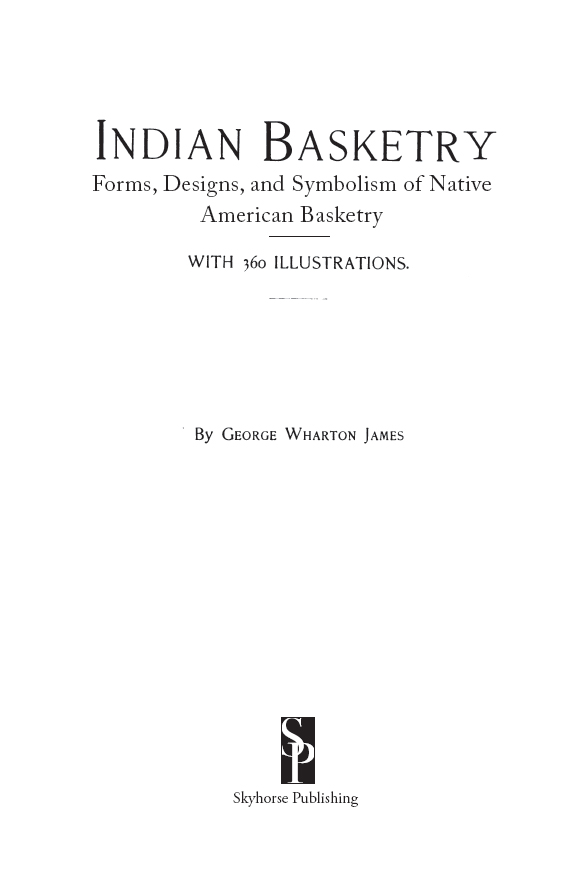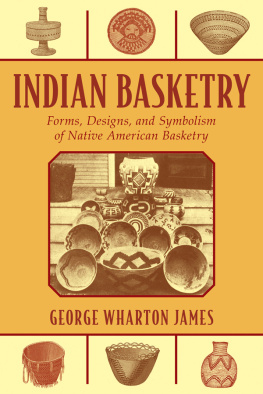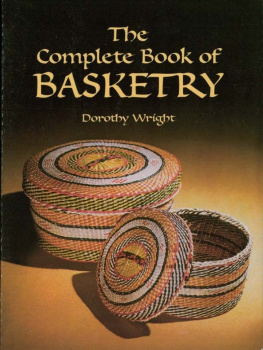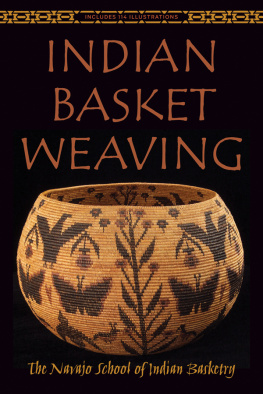
Copyright 2014 by Skyhorse Publishing
All Rights Reserved. No part of this book may be reproduced in any manner without the express written consent of the publisher, except in the case of brief excerpts in critical reviews or articles. All inquiries should be addressed to Skyhorse Publishing, 307 West 36th Street, 11th Floor, New York, NY 10018.
Skyhorse Publishing books may be purchased in bulk at special discounts for sales promotion, corporate gifts, fund-raising, or educational purposes. Special editions can also be created to specifications. For details, contact the Special Sales Department, Skyhorse Publishing, 307 West 36th Street, 11th Floor, New York, NY 10018 or info@skyhorsepublishing.com.
Skyhorse and Skyhorse Publishing are registered trademarks of Skyhorse
Publishing, Inc., a Delaware corporation.
Visit our website at www.skyhorsepublishing.com.
10 9 8 7 6 5 4 3 2 1
eISBN: 978-1-62873-919-0
Library of Congress Cataloging-in-Publication Data is available on file.
ISBN: 978-1-62636-564-3
Printed in the United States of America
These pages are respectfully dedicated to
OTIS T. MASON
of the Smithsonian Institution,
whose conscientious labors reveal how large
a debt the world
owes to aboriginal, woman.

MONO BASKETS AND WOMAN WITH CARRYING BASKET.
CONTENTS.

ILLUSTRATIONS.
44. Bottle-neck Basket

FIG. 353. KLIKITAT WEAVERS AND THEIR BASKETS.
PREFACE.
What would be the civilized man of to-day without the art of weavingthe soft art that surrounds his home with comforts and his life with luxuries? Nay he deems them necessities. Could he do without his woven woollen or cotton underwear, his woven socks, his woven clothing? Where would be his bed linen and blankets, his carpets, his curtains, his portieres? His every day life is so intimately associated with weaving that he has ceased to think about it, and yet it is all owing to the work of primitive, aboriginal woman that he is thus favored. For there is not a weave of any kind, no matter how intricate or involved, that the finest looms of England or America produce to-day under the direction of the highest mechanical genius, that was not handed down to us, not in crude form, but as perfect as we now find it, by our savage ancestry in their basketry and kindred work.

FIG. 2. A POMA BASKET MAKER AT WORK.
Interest in the arts and industries of our aboriginal tribes has grown so rapidly in recent years, that whereas, twenty years ago, illustrative collections of the products of these arts and industries were confined to the museums of scientific societies, to-day they are to be found in scores of private homes. This popular interest has created a demand for knowledge as to the peoples whose arts these collections illustrate, and of the customs,social, tribal, medicinal, religious,in which the products of their arts are used.
One of the most common and useful of the domestic arts of the AmerindAmerind at all points of his life from the cradle to the grave, and its products are used in every function, domestic, social and religious, of his simple civilization.
To give a little of such knowledge as the intelligent collector of Indian baskets desires to possess is the purpose of this unpretentious book.
Its field is limited to the Indians of the South-west, the Pacific States and Alaska. It is an incomplete pioneer in an unoccupied field of popular literature, and later writers will doubtless be able to add much, and correct more. It is the result of twenty years personal observation and study among the Indians of our South-west, much correspondence and questioning of authorities, and the reading and culling from every known source of information. Everything that I could find that seemed reliable has been taxed. Necessarily, no one individual could possibly describe, with accuracy, the basketry of this extensive territory unless he were prepared to travel over the vast regions of the North-west and South-west, and personally visit each tribe of basket-makers, watch them gather the grasses, collect the dyes, prepare both for use, dye the materials, and go through all the labor of weaving, then study the symbolism of the designs, learn all about the ancient methods of manufacture, and, finally, visit all family, social and ceremonial functions where baskets are used.
Hence, it is evident that such a work must be, as this confessedly is, largely a compilation.
If collectors find it at all helpful or suggestive; if it aids in popularizing knowledge on these interesting products of our aboriginal peoples, and leads to a study of the peoples themselves I shall be more than repaid for the time and labor expended in its production.
For material aid, I wish most cordially to thank Major J. W. Powell, Dr. J. Walter Fewkes and Professor F. W. Hodge, of the U. S. Bureau of Ethnology, and the Hon. S. P. Langley, Professors Otis T. Mason, W. H. Holmes and Dr. Walter Hough, of the Smithsonian Institution, together with Dr. J. W. Hudson, of Ukiah, Cal., and Rev. W. C. Curtis, of Norwalk, Conn.
The engravings of the Government have been placed at my disposal, and many of the detailed descriptions of the baskets are taken verbatim from Professor Masons papers which appear in the reports of the Smithsonian Institution.
My thanks are also extended to Mr. W. W. Newell, of the American Folk Lore Society, Dr. J. H. Kellogg, Editor of Good Health, Appletons Popular Science Monthly, and the Traveler, San Francisco, for the use of cuts and especially to F. S. Plimpton, Esq., of San Diego, Cal., who has kindly made it possible for me to illustrate several most interesting specimens of his excellent collection.

PASADENA, CALIFORNIA.
This is a new coinage by Major J. W. Powell, of the U. S. Bureau of Ethnology, to designate the North American aborigine.
CHAPTER I.
INTRODUCTION.
A few hundred years ago our own ancestors were aborigines,they wore skins for clothes; wove baskets; lived in wicker and skin huts or in caves; ate nuts, herbs, acorns, roots and depended upon the fortunes of the chase for their meats, just as the Amerind of the present and past generations are doing and have done. Hence, as Indian baskets are woven by human beings, akin to ourselves, and are used by them in a variety of relations of intensely human interest, we are studying humanity under its earliest and simplest phases,such phases as were probably manifested in our own ancestral historywhen we intelligently study Indian Basketry.
The earliest vessels used by mankind undoubtedly were shells, broken gourds or other natural receptacles that presented themselves opportunely to the needs of the aborigine. As his intelligence grew and he moved from place to place, the gourd as a receptacle for water when he crossed the hot and desert regions became a necessary companion. But accidents doubtless would happen to the fragile vessel and then the suggestion of strengthening it by means of fiber nets arose and the first step towards basket-making was taken. It is easy to conceive how the breakage of a gourd thus surrounded by a rude sustaining or carrying net led to the independent use of the net after the removal of the broken pieces, and thus nets ultimately would be made for carrying purposes without reference to any other vehicle. Weaving once begun, no matter how rough or crude, improvement was bound to follow, and hence, the origin of the basket.















